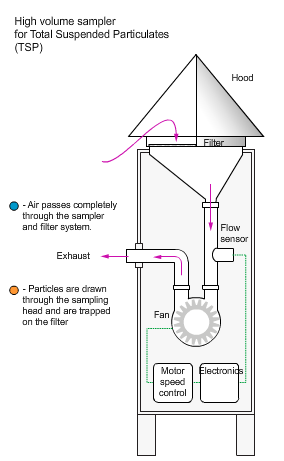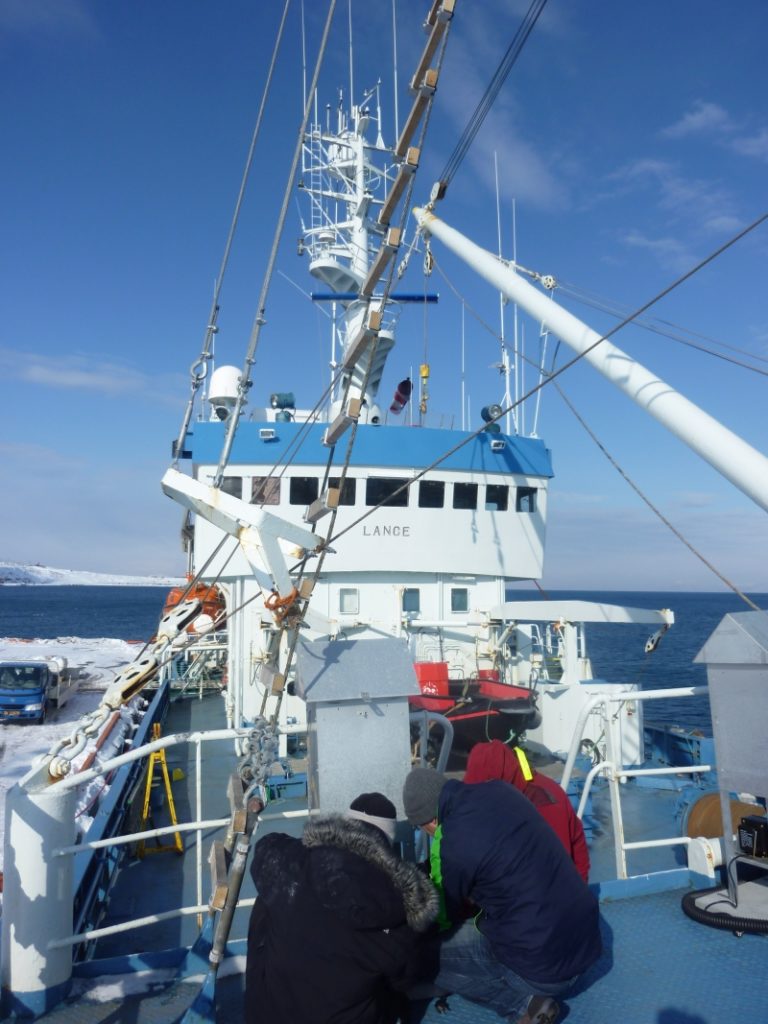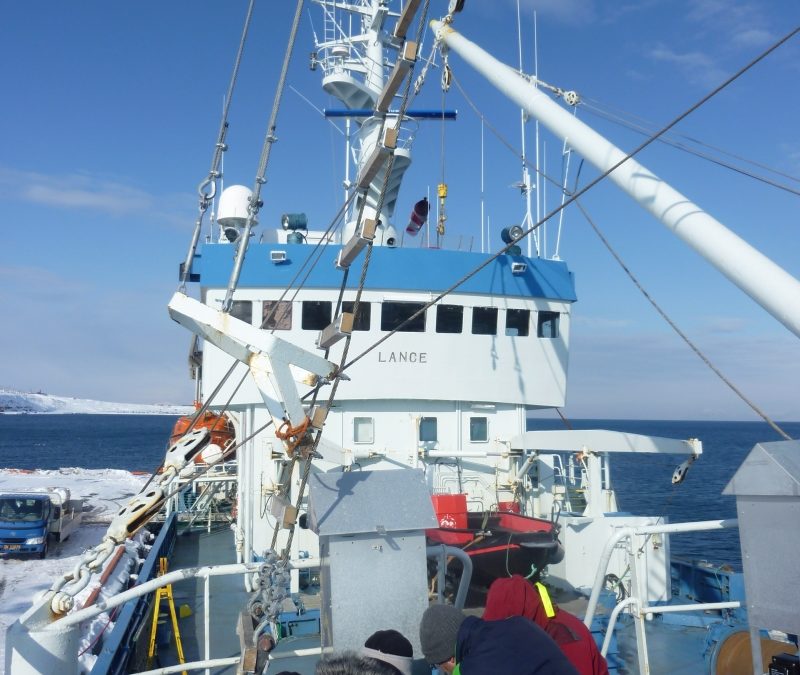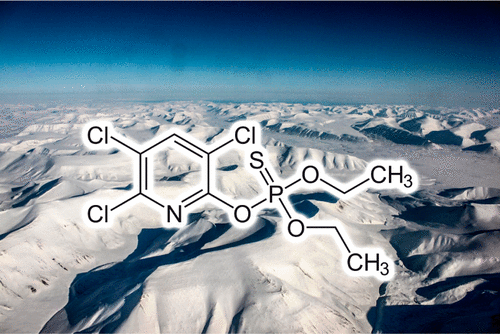How Atmospheric “Vacuum Cleaners” Work for Science
Persistent organic pollutants (POPs) are a type of human-made toxic chemicals that can be found all over the world. POPs can travel large distances in short time periods in the atmosphere. One of the scientific tools to measure the amount of POPs in the air are so-called high-volume air samplers. These devices are essentially science-grade “vacuum cleaners” that filter particles from the air. In a recent peer-reviewed article, we have explained the fluid dynamic processes that are happening inside high-volume air samplers.
POPs are organic chemicals used for example as pesticides, insecticides, flame retardants, coolants, insulating fluids, and more. They are highly toxic to humans and animals, as many of them are identified as cancerogenic, neurotoxic, endocrine-disrupting, or immunotoxic. They are called persistent because these chemicals degrade very slowly in the environment.
One particular danger from POPs is related to the characteristic that they are able to accumulate in organisms (bioaccumulation) and increase concentrations in the higher levels in the food chain (biomagnification). For example, toxins in the sea are taken up by fish, which are eaten by seals, which in turn are eaten by polar bears. In each step, the concentration of toxins increases significantly.
POPs have the potential for atmospheric long-range transport and can be found even in the most remote places on Earth, such as the Arctic and Antarctic. For scientists, it is thus very important to be able to measure the concentration of these types of pollutants in the air.
One special device that is being used for this task are high-volume (Hi-Vol) air samplers. These machines are essentially scientific-grade vacuum cleaners that filter large amounts of ambient air. There are various ways of filtering POPs, depending on if they are in particulate state or in gas-phase.

Hi-Vol air samplers are widely used in environmental monitoring programs around the world. I started working with these machines during my studies of atmospheric pollution and distribution processes at the University Center in Svalbard (UNIS). In a recent peer-reviewed journal article, we have explained the fluid dynamic processes that occur inside these machines. It is important that scientists and operators understand how their instruments work so that they can obtain accurate and meaningful data for their research.




